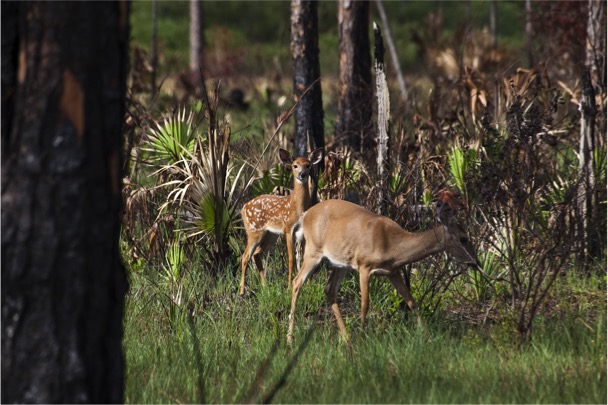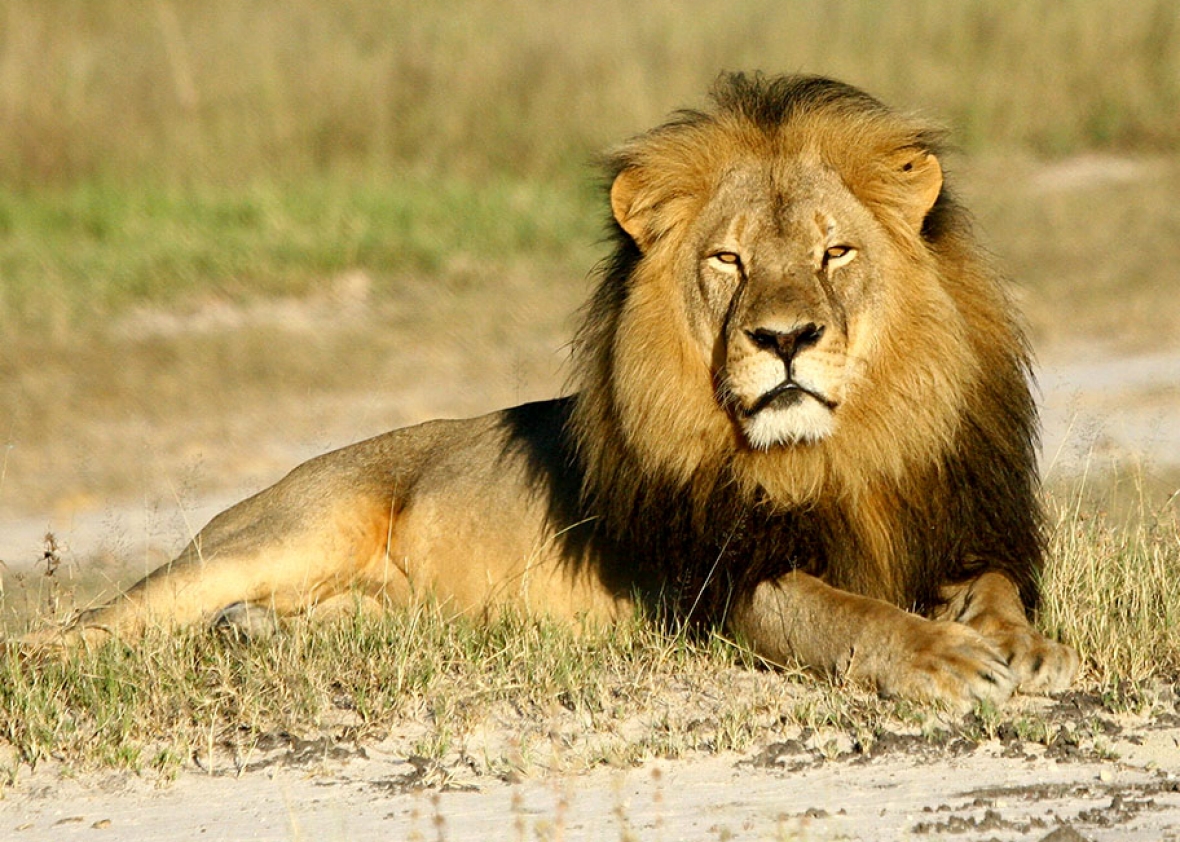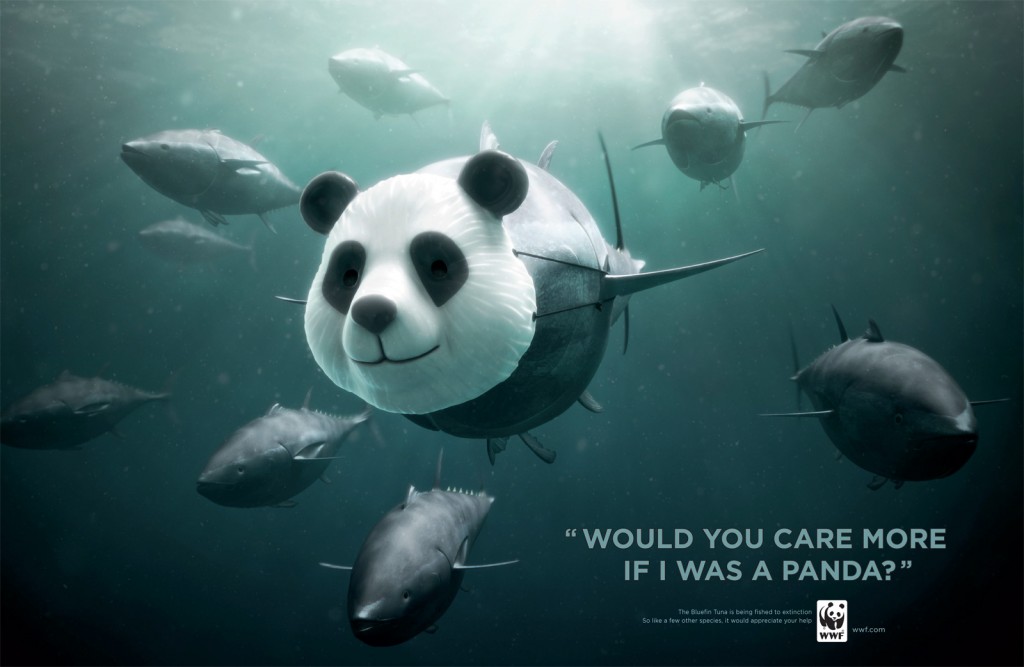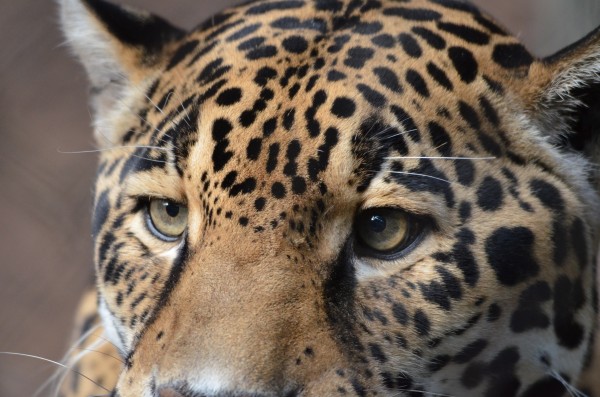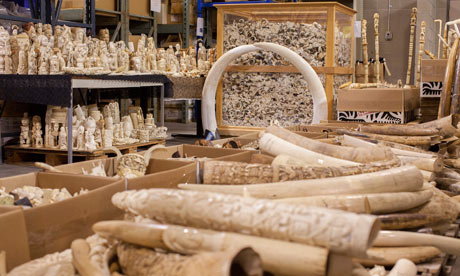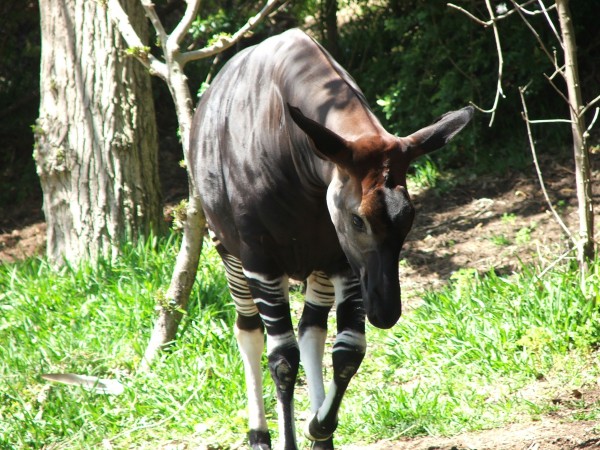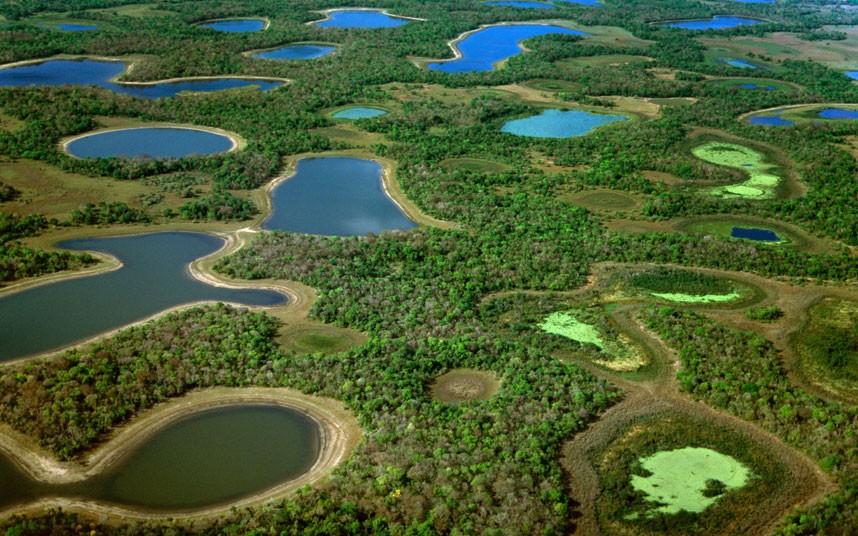It feels like forever and a day since I’ve posted. Nevertheless, I wanted to share this article that I wrote for the International Animal Health Journal (IAHJ) in Spring of 2017 (Dow, T.L., 2017. Reemergence of New World Screwworm in Endangered Florida Key Deer. IAHJ. 4(1):38-41). You can read the paper at the journal home page at New World Screwworm Reemergence or below. Note: a follow-up article is planned for the Spring 2018.
Reemergence of New World Screwworm in Endangered Florida Key Deer
